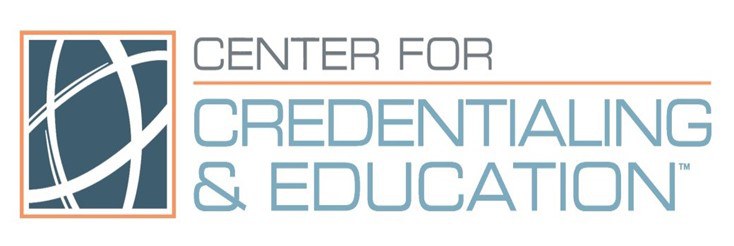
By: Patrick Williams, EdD, MCC
This is our last post on the Language of Leadership. We began this series talking about the limitations of using new information to motivate change. We've discussed how important language is when it comes to securing your audience’s commitment to a new idea. Then in our last post, we talked about the first two steps required to catalyze willingness for change within an audience or organization. Personal and relevant stories can get your audience to look beyond the new information, and connect emotionally with new goals. At this point your audience buys-in, or makes a new decision. They determine that the emotional and mental expense required for change will create a better reality, something of higher value than their current circumstances.
If you want listeners to own the change idea, your stories must help them discover the truth for themselves, thereby creating their own story in the new framework describing what is possible. We now come to step three in the process.
However, Health professionals and coaches often make a mistake. Because of our own relationship to the power of information, we often want to pull this step out of our toolbox first. As we’ve seen, information with an existing emotional connection to the new direction often defeats the goals. On the other hand, after your audience engages with the idea and the story, and after they’ve made an initial decision to follow, you must reinforce the new decisions with new ideas.
Step 3: Reinforcing with Reasons
While establishing an emotional connection is vital, reasoning remains relevant at the end of the process. If we were playing cards, emotions and stories are the trump cards in your hand, but you need the rest of your cards to take the hand, and put points on the board. The desire for change will wane unless it's supported and reinforced by compelling reasons.
When we encounter new ideas that point in the direction of change, we can easily fall into familiar habits of confirmation bias, and search for reasons to preserve our existing viewpoint. However, if we have an emotional connection with a leader, a person who has reputation and authority, and then we decide to explore change, we are much more willing to explore new directions.
Reasons can only reinforce emotional connections, so the ideas that buttress change are presented at the end of your presentation, not the beginning. We can describe the process this way. If you are leading toward a transformative change in an organization, or coaching an individual in the direction of new personal paradigm, describe:
- What the change is, as seen through the eyes of those who will be affected by it. In other words, tell a story about the EmeraldCity, and what the Great and Wonderful Oz can do for you and your listeners.
- How the change is implemented, with delineation of the simple steps for getting from “here” to “there.” Dorothy and her companions were given simple instructions, “Follow the Yellow Brick Road.”
- Why the change will work, with an explanation of the underlying mechanisms that make the desired outcome inevitable. At that point, Dorothy was willing to pursue and persevere, because at the end of her journey the benevolent Oz would send her home.
Without a desire for change, people will not commit their emotional energy or enthusiasm to the process. Ultimately, desire drives the change process. For this reason, as a coach we tell stories that pack an emotional punch, and then build a support from reason and data. Reason, logic and data cement the ideas into place, and give your audience reasons to believe that the change isn’t only possible, but beneficial.




